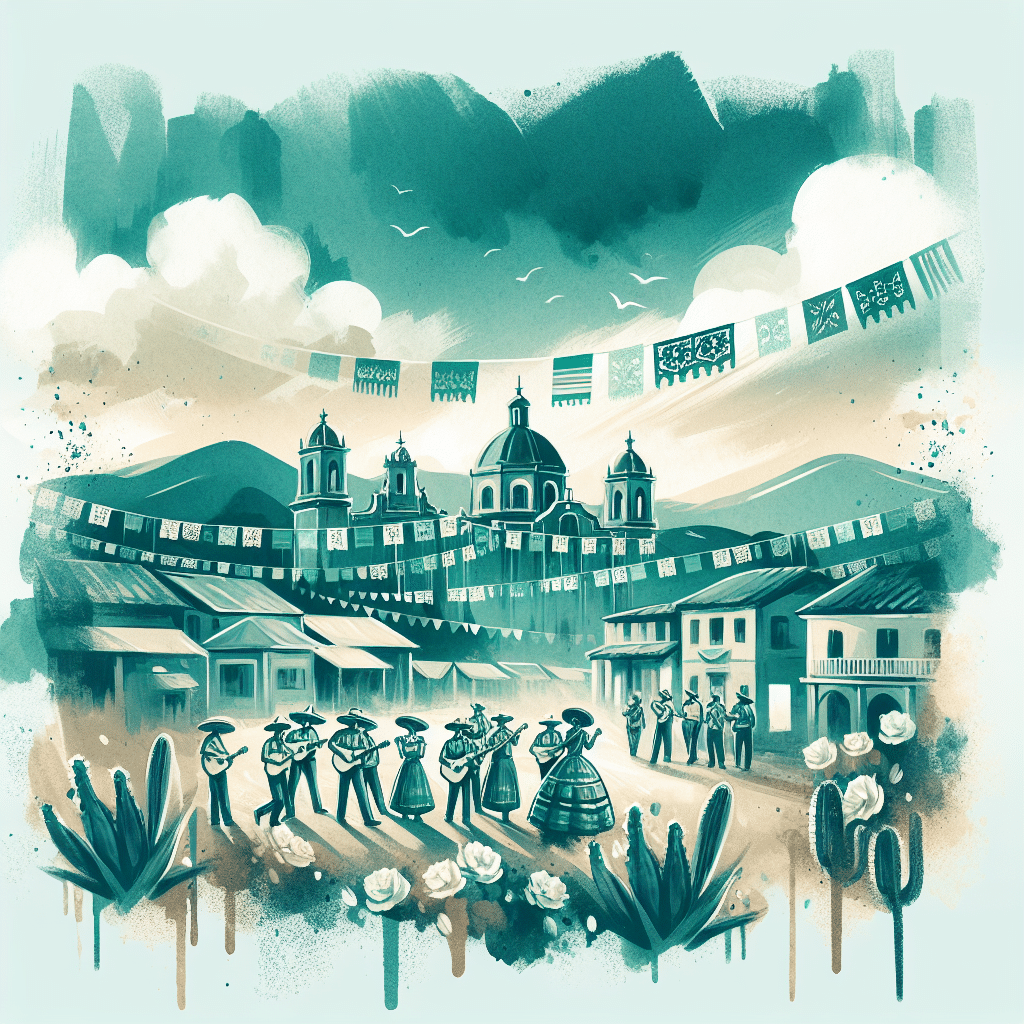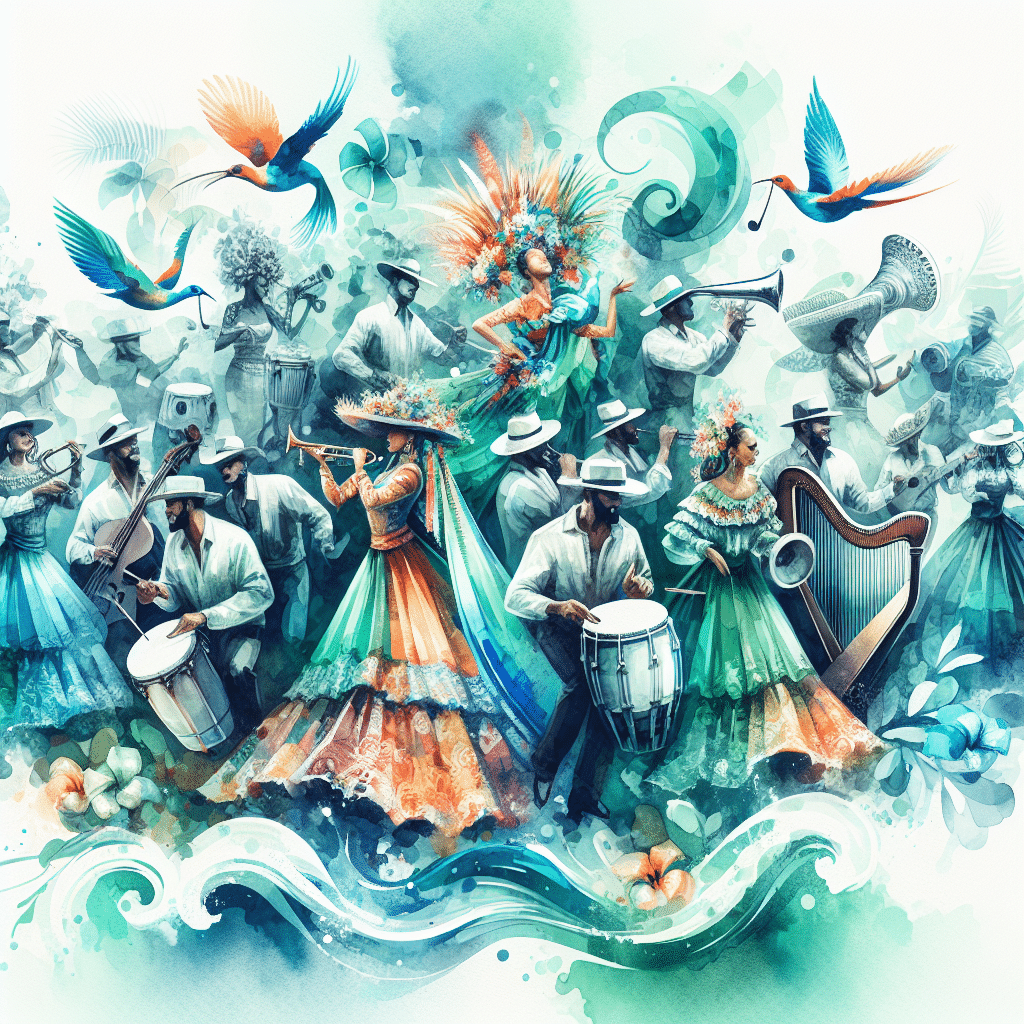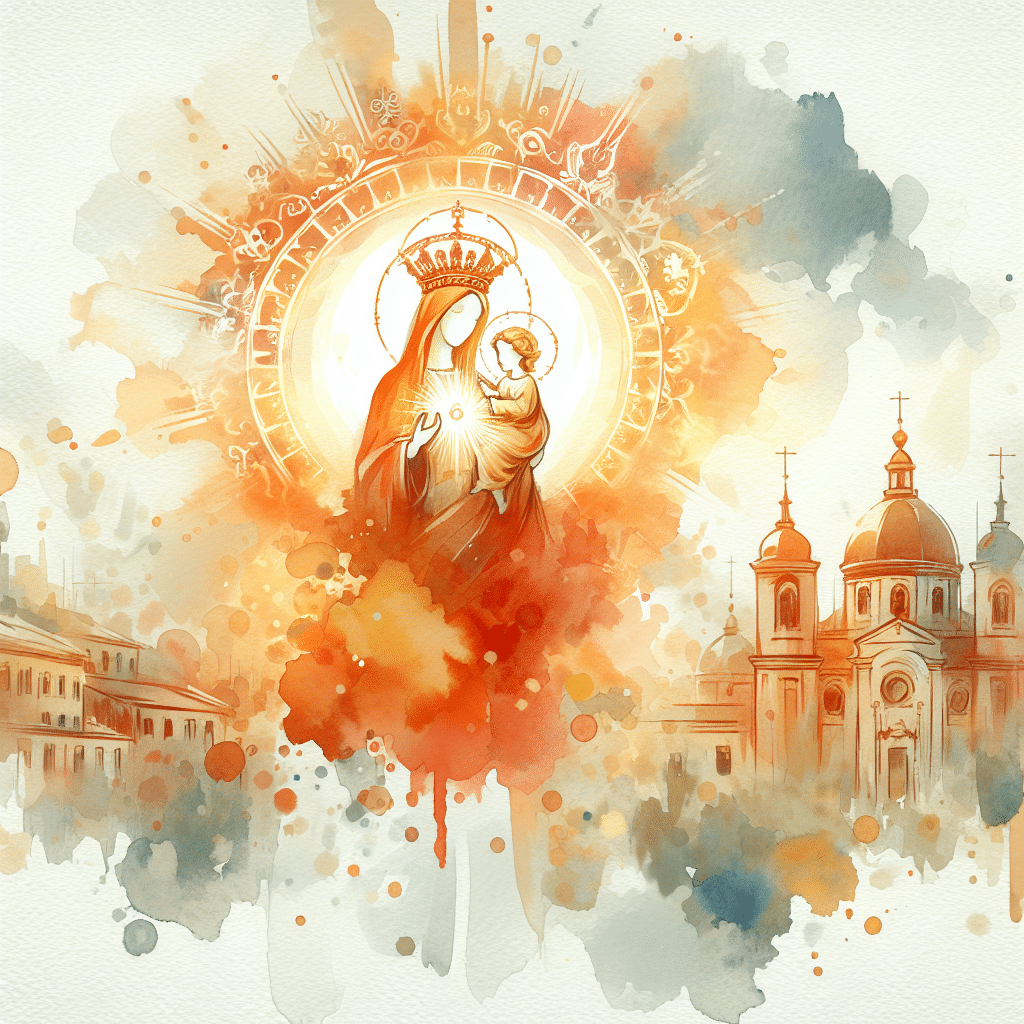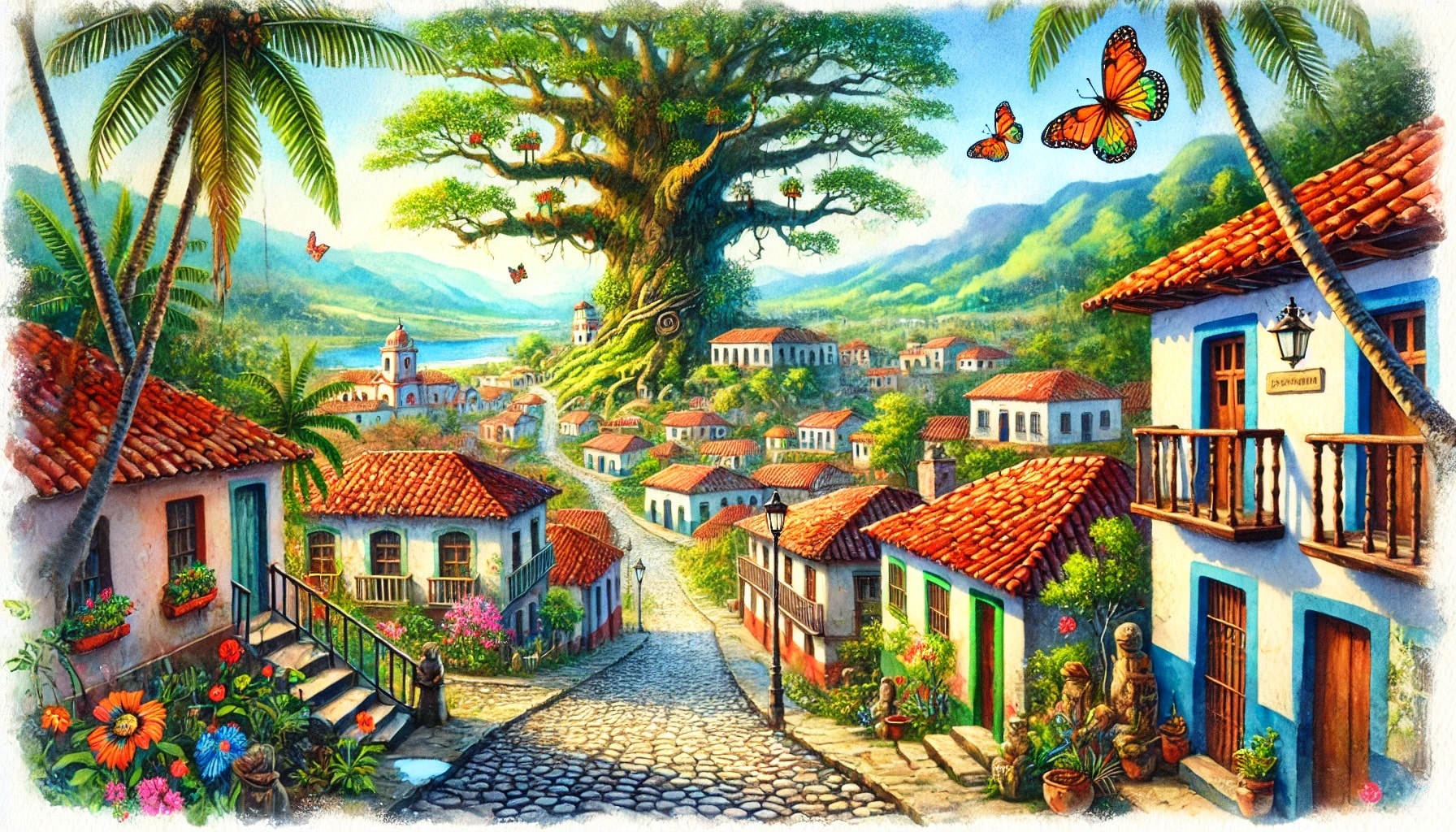
Gabriel García Márquez: Crafting the Masterpiece of Magical Realism
Gabriel García Márquez
The Birth of a Masterpiece
“One Hundred Years of Solitude” sprang to life during a family trip in 1965. Gabriel García Márquez was cruising to Acapulco when the idea for a new book hit him like a bolt of lightning. He immediately turned the car around, probably to dodge any more sudden bursts of genius, and began writing what would become a cornerstone of Latin American literature.
For the next eighteen months, García Márquez poured his heart, soul, and probably a river of coffee into the manuscript. Written between 1965 and 1967 in Mexico City, the novel was first published in 1967 and quickly became a landmark in magical realism. Think of it as the “Harry Potter” of its time but with more existential dread and fewer wizards.
Influence of Family and Childhood
García Márquez’s childhood in Aracataca, Colombia, was a goldmine of inspiration for “One Hundred Years of Solitude.” His maternal grandparents, Nicolás Ricardo Márquez and Doña Tranquilina Iguarán Cotes, were key figures in his life and in the creation of Macondo, the fictional town where the novel unfolds.
Nicolás filled young Gabriel’s head with stories of Colombia’s wild history, while Tranquilina’s superstitions and folklore added a magical twist to his upbringing. Basically, his grandparents were the original Netflix, captivating him with binge-worthy tales that would later shape his literary universe.
Their house in Aracataca, with its maze-like corridors and rooms brimming with memories, became the blueprint for Macondo. If those walls could talk, they’d probably have narrated a saga even before García Márquez put pen to paper.
For more on Gabriel García Márquez’s life and influences, visit Gabriel García Márquez Biography and explore his other works at Gabriel García Márquez Books. And if you’re in the mood for some literary wisdom, check out Gabriel García Márquez Quotes.
| Influences | Details |
|---|---|
| Maternal Grandfather | Nicolás Ricardo Márquez, storyteller of Colombian history |
| Maternal Grandmother | Doña Tranquilina Iguarán Cotes, source of superstitions and folklore |
| Childhood Setting | House in Aracataca, inspiration for Macondo |
By weaving his family’s rich history and his childhood memories into the fabric of “One Hundred Years of Solitude,” García Márquez created a masterpiece that transcends time, space, and reality.
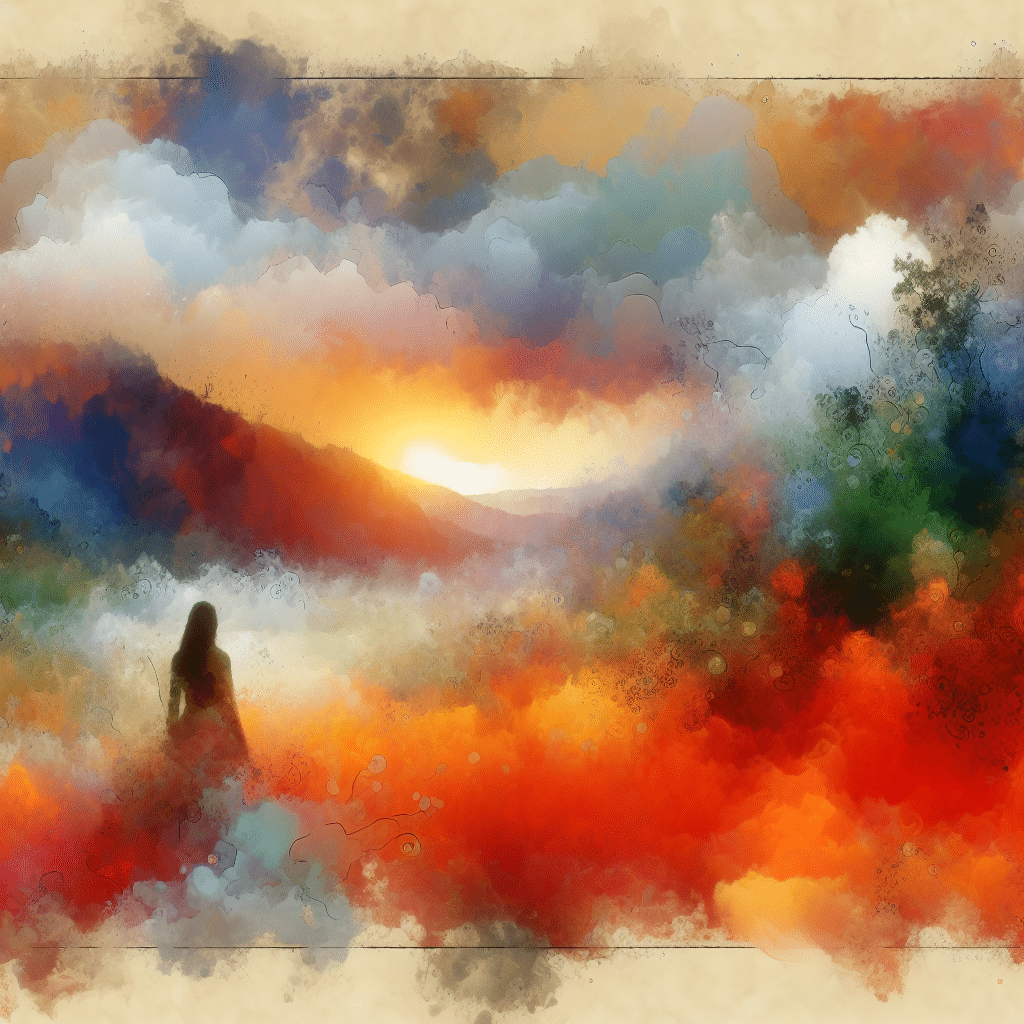
One Hundred Years of Solitude: A Literary Marvel
Magical Realism at its Best
Gabriel García Márquez’s “One Hundred Years of Solitude” is a gem of magical realism, blending the ordinary with the extraordinary in the fictional town of Macondo. Imagine your morning coffee suddenly granting you the ability to time travel, and you get a taste of the world Márquez creates.
In this novel, the supernatural feels as normal as brushing your teeth, while everyday events take on a magical glow. This style isn’t just for show; it’s woven into the fabric of the story. The book became a standout during the Latin American Boom of the 1960s and 1970s, influenced by Modernism and the Cuban Vanguardia literary movement. Themes like solitude, the fluidity of time, and the subjectivity of reality are all mixed with magic, superstition, and religion.
The Setting of Macondo
Macondo, the fictional town in “One Hundred Years of Solitude,” is more than just a backdrop—it’s a living, breathing character. It mirrors Colombian history and brings national myths to life through the Buendía family saga. Historical events like the inclusion of the Roma, the Thousand Days War, and the “Banana Massacre” of 1928 add layers to the story.
Macondo reflects the cyclical nature of history and the inevitability of fate. The town’s founding, rise, and eventual decline mirror the fortunes of the Buendía family, making it a microcosm of the world Márquez sought to depict. The setting is so vivid that you can almost feel the tropical heat and hear the buzz of insects as you turn the pages.
For more insights into Márquez’s life and other works, check out our articles on Gabriel García Márquez biography and Gabriel García Márquez books.
| Element | Description |
|---|---|
| Setting | Fictional town of Macondo |
| Style | Magical Realism |
| Key Themes | Solitude, fluidity of time, subjectivity of reality |
| Influences | Modernism, Cuban Vanguardia |
For fans of epic stories filled with magic and history, “One Hundred Years of Solitude” is a must-read. Dive deeper into the author’s mind with our collection of Gabriel García Márquez quotes.
Themes Explored in the Novel
Reality: It’s All in Your Head
Gabriel García Márquez messes with our minds in “One Hundred Years of Solitude”. He mixes up reality and fantasy so well that you can’t tell where one ends and the other begins. In the town of Macondo, magic is as common as a cup of coffee, and everyday stuff turns into a big deal. Márquez makes us question what’s real and what’s not, showing how our point of view can twist our sense of truth (Wikipedia). It’s like he’s saying, “Hey, reality is what you make of it”.
Words: More Than Just Talk
In “One Hundred Years of Solitude”, words are like magic spells. The story dives into how language and reading shape our lives. The Buendía family’s saga is often tied to written prophecies, making reading feel like uncovering secrets. This theme shows that language isn’t just for chatting—it’s a way to shape and understand the world around us. It’s like every word has the power to change everything.
Spoilers Everywhere: Foreshadowing and Prophecies
Foreshadowing is all over the place in “One Hundred Years of Solitude”. Big events, like what happens to Colonel Aureliano Buendía and Arcadio, are hinted at way before they happen, making it feel like destiny is in charge. The final, mind-blowing prophecy is teased throughout the book, turning readers into detectives trying to piece it all together (SparkNotes). This keeps the story layered and keeps us hooked.
For more on Gabriel García Márquez and his other works, check out our pages on gabriel garcía márquez biography, gabriel garcía márquez books, and gabriel garcía márquez quotes.
Characters in One Hundred Years of Solitude
The characters in “One Hundred Years of Solitude” are as colorful and complex as a telenovela marathon. Each member of the Buendía family brings their own quirks, strengths, and, of course, plenty of drama. Let’s dive into some key players in this literary fiesta.
José Arcadio Buendía
José Arcadio Buendía, the patriarch of the Buendía clan, is the founding father of Macondo. Known for his great strength and insatiable curiosity, he’s the original mad scientist of the family. José Arcadio’s obsession with knowledge leads him down a path of alchemy and invention, ultimately driving him to madness. Imagine Doc Brown from “Back to the Future,” but with a Latin twist and way more existential dread.
| Character Trait | Description |
|---|---|
| Strength | Great physical strength |
| Curiosity | Obsessive quest for knowledge |
| Downfall | Driven to madness |
For more on the man who started it all, check out our Gabriel García Márquez biography.
Úrsula Iguarán
Úrsula Iguarán, the matriarch of the Buendía family, is the glue holding this zany bunch together. Living well over a hundred years, she’s like the Energizer Bunny of Macondo—keeps going and going. Úrsula is the voice of reason, constantly revitalizing the family with her practical wisdom and indomitable spirit.
| Character Trait | Description |
|---|---|
| Longevity | Lives over a hundred years |
| Role | Family matriarch |
| Strength | Hard-headed common sense |
Úrsula’s resilience and wisdom make her a cornerstone of the story. For more inspiring characters by Márquez, explore Gabriel García Márquez books.
Amaranta and Colonel Aureliano Buendía
Amaranta
Amaranta, the daughter of Úrsula and José Arcadio, is a tragic figure. She dies as an embittered and lonely virgin, plagued by jealousy and hatred, especially towards her adopted sister Rebeca (SparkNotes). Amaranta’s life is a cautionary tale of what happens when you let envy and fear rule your heart.
| Character Trait | Description |
|---|---|
| Jealousy | Hatred towards Rebeca |
| Life | Dies as a lonely virgin |
| Fear | Fear of men |
Colonel Aureliano Buendía
Colonel Aureliano Buendía, the second son of José Arcadio and Úrsula, is a solitary, enigmatic figure with a knack for extrasensory perception (SparkNotes). He becomes a rebel commander in the Liberal rebellion, but his life of war and solitude eventually strips him of memory and emotion. The Colonel is like the Latin American Rambo—if Rambo also had a talent for making little goldfish.
| Character Trait | Description |
|---|---|
| Solitude | Enigmatic and solitary |
| Role | Rebel commander |
| Talent | Extrasensory perception |
For more deep dives into the colorful cast of characters, head over to Gabriel García Márquez quotes.
So, whether you’re team José Arcadio, rooting for Úrsula, feeling for Amaranta, or saluting Colonel Aureliano, the Buendía clan offers a little something for everyone. Dive into the spellbinding world of “One Hundred Years of Solitude” and get lost in the magic of Macondo.

